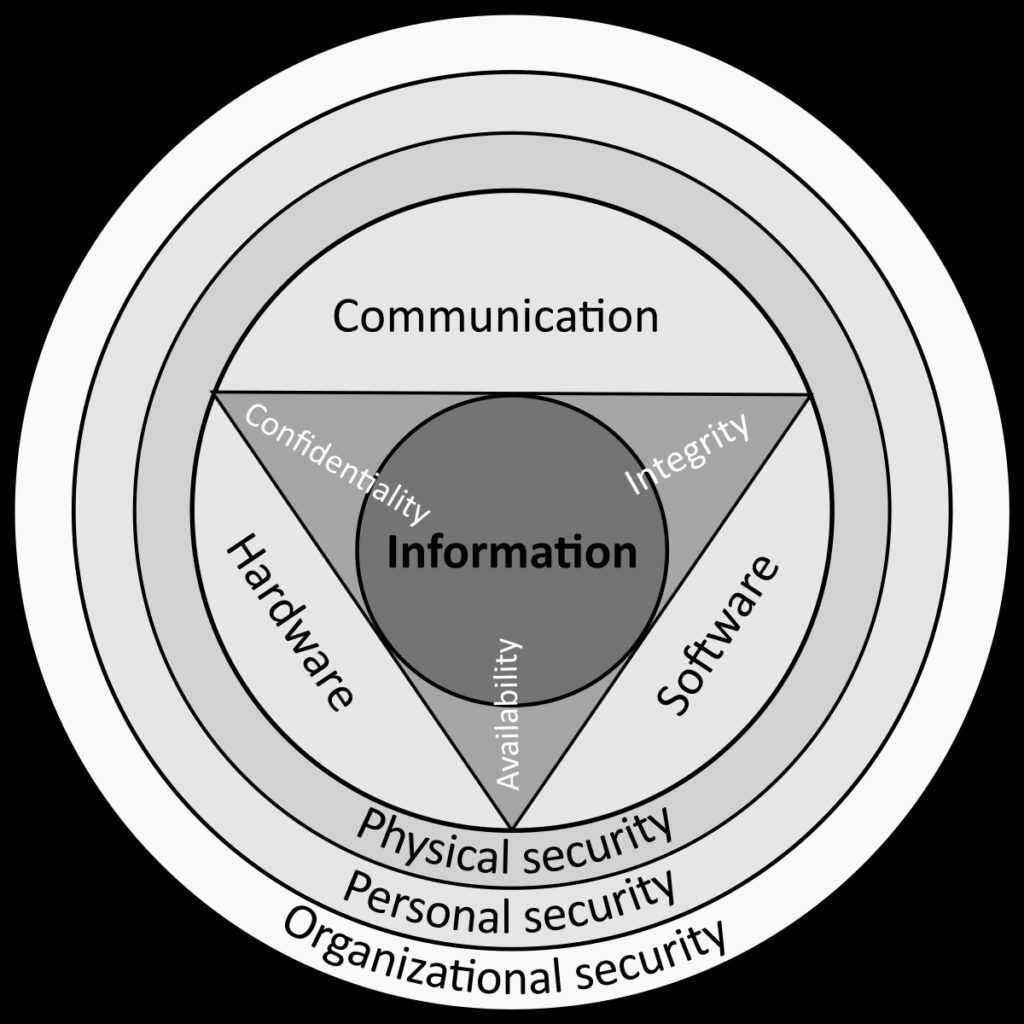Game development is a challenging and intricate process that requires a team of professionals to work together to create an effective experience. The process begins with concept development, followed by pre-production, production, testing, and release. Specialist software and hardware play critical roles in game development, with game engines and programming languages indispensable to the process. Efficient components, such as powerful computers, virtual reality devices, specialized peripheral equipment, and consoles, are necessary for testing game performance. Ultimately, when a team of professionals uses specialized hardware and software tools, they can create amazing games guaranteed to provide hours of entertainment for gamers worldwide.
HTML Headings:
Behind the Scenes of Game Development: The Role of Software and Hardware in the Creation Process
Introduction
Game development is a process that involves a lot of creativity, technical expertise, and the use of specialized software and hardware. It is an intricate process that requires a team of professionals to work together to bring a game to life. In this article, we will explore the different steps involved in game development and the role that software and hardware play in the creation process.
The Game Development Process
The game development process begins with the concept phase where game designers brainstorm ideas for the game’s story, characters, gameplay, and visual aesthetics. This involves creating a game design document that outlines the game’s features and mechanics. The design process requires creativity, imagination, and a deep understanding of the target audience.
Pre-Production
Once the concept is finalized, the development team moves into the pre-production phase. This is where the team creates a prototype of the game to test its mechanics and see if the design concept is feasible. During this phase, the team also establishes the game’s technical requirements, such as the engine, programming languages, and the hardware required to run the game.
Production
In the production phase, the development team creates the game’s assets, which include the graphics, sound effects, and music. The team also writes the code that brings the game to life, implements the game mechanics, and designs the levels. This phase requires a high degree of technical expertise in programming, art, and animation.
Testing
Once the game is complete, it must go through a rigorous testing process to ensure it meets the quality standards set by the development team. This involves testing for bugs, glitches, and other issues that may affect the game’s performance.
Release
Finally, the game is released to the public after a successful testing phase. This involves promoting the game through various channels, including social media, game review sites, and advertising.
The Role of Software in Game Development
Software plays a crucial role in game development, where specialized tools are necessary to create the game’s assets, program its mechanics, and test it for issues.
Game Engines
Game engines are software packages that provide a framework for game development, which includes tools for rendering graphics, creating game logic, and physics simulation. Popular game engines include Unity, Unreal Engine, and CryEngine.
Art and Animation Tools
The art and animation tools used in game development are specialized software packages that allow artists and animators to create game assets such as textures, models, and animations. Examples of such software include Autodesk Maya, Blender, and Adobe Photoshop.
Programming Languages
Game programmers use programming languages such as C++, C#, and Java to write the code that makes a game run. These programming languages have libraries and frameworks that make it easier for programmers to implement game mechanics and features.
The Role of Hardware in Game Development
The hardware used in game development is just as crucial as the software, where specialized components are required to run the game development tools and test the game’s performance.
Computers
The most important hardware component in game development is the computer. Game development requires a powerful computer with a high-end processor, graphics card, and RAM to run the game development software and test the game’s performance.
Peripherals
Game development also requires specialized peripherals, such as gamepads, keyboards, and mice, to test the game mechanics and controls. Developers also use virtual reality devices, such as the Oculus Rift, to test VR games.
Consoles
Consoles such as Xbox and PlayStation are also used in game development to test games on the platform they are being developed for. This allows developers to optimize the game’s performance and ensure it meets the quality standards set by the console manufacturers.
Conclusion
Game development is a complex process that requires a team of professionals with a deep understanding of software and hardware. Specialized software packages and components are used to create game assets, program the game mechanics, and test the game’s performance. With the right tools and expertise, game developers can create amazing games that provide hours of entertainment to gamers worldwide.
